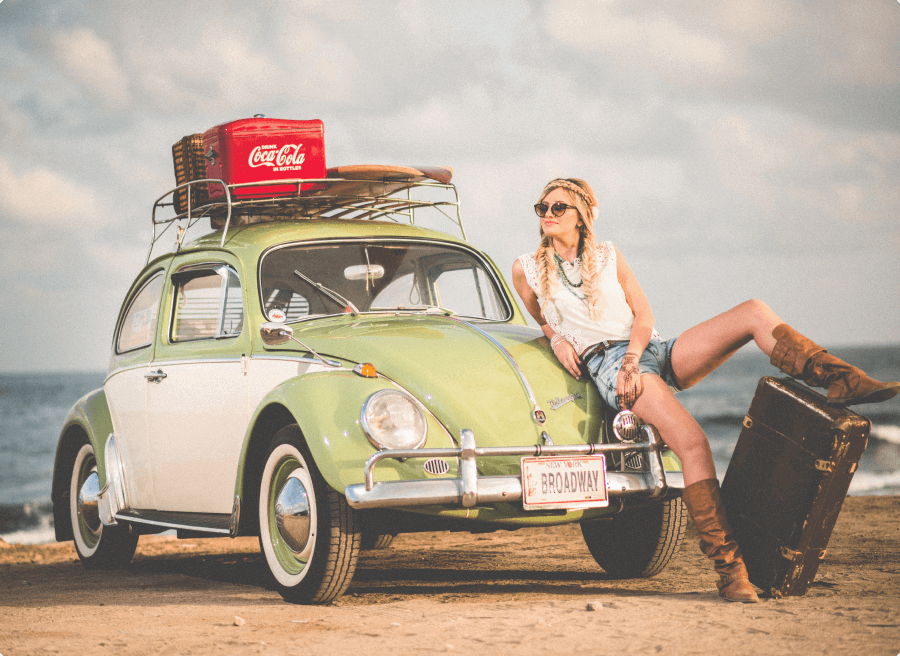
Climbers’ most common blunder is overpacking and bringing much too much equipment.
Take only the essentials with you. Please keep in mind that our porters are only allowed to carry 33 lbs (15 kg) of your things. Everything, including the sleeping bag, that the porters will transport between campsites should be packed into the duffel bag, however, it is acceptable to pack the sleeping bag separately if necessary. If you hire a sleeping bag from us, be in mind that it weighs 5 pounds 6 ounces, which counts toward the 33 lb limit.
Your duffel bag and sleeping bag will be placed in a large, strong, waterproof bag with a roll-top closing by our porters.
If you’re carrying too much weight, you’ll need to employ a second porter. Extra porters should only be used in exceptional circumstances, such as when transporting large amounts of photography equipment. We do rent warm sleeping bags and trekking poles on location, but you are expected to bring everything you need. All additional luggage, including safari clothing, gear, and equipment, that you will not use on your climb, can be safely stored at the hotel.
Due to previous litter issues, plastic, recyclable water bottles are not permitted at the park. As a result, water should be transported in Nalgene bottles, water bladders, or other similar containers.
At all times, you should be able to carry 3-4 liters of water with you. Please do not bring any alcoholic beverages. It is prohibited to consume alcohol in the park. It will not be carried for you by our staff. Furthermore, drinking and being at a high altitude do not combine well.
On the route to Tanzania, checked luggage on aircraft can get misplaced or delayed. You should be prepared for this eventuality by wearing or carrying the necessary equipment for your Kilimanjaro trip. While you can replace most of your clothing, gear, and equipment in Tanzania before your climb, there are some items you should not replace.
Wear one complete hiking gear on the plane, including a long sleeve shirt, hiking pants, undergarments, socks, and hiking boots, according to Tanzania Classic Tours. Bring your backpack, waterproof jacket and pants, insulated jacket, fleece pants, snacks, toiletries, prescriptions, camera, and all papers in your carry-on luggage. Trekking poles are not permitted on planes due to airline regulations. Wear/carry your hiking footwear; donning a different pair of boots on your climb will almost certainly result in blisters.
If your luggage is lost or delayed, please notify us as soon as possible so that we can assist you in putting together the necessary equipment. In Moshi, we’ll take you to local rental gear businesses. It’s worth noting that these businesses usually sell secondhand things that may or may not meet Western standards. The fit, quality, and usefulness of things purchased at local shops cannot be guaranteed by Tanzania Classic Tours. As a result, we strongly advise you to bring along the most necessary items listed above. On the mountain, we shall make reasonable efforts to bring your delayed luggage to you. All additional costs incurred by us in addressing lost or delayed luggage issues must be reimbursed on the ground.
Personal gear and equipment must be brought, however, community equipment (tents, food, cooking supplies, etc.) will be provided. A list of needed, recommended, and optional items to bring on your climb is provided below.
Technical Clothing
- 1 – Waterproof Jacket, breathable with hood
- 1 – Insulated Jacket, synthetic or down, warm
- 1 – Soft Jacket, fleece or soft-shell
- 3 – Long Sleeve Shirt, light-weight, moisture-wicking fabric
- 1 – Short Sleeve Shirt, light-weight, moisture-wicking fabric
- 1 – Waterproof Pants, breathable (side zipper recommended)
- 2 – Hiking Pants
- 1 – Fleece Pants
- 1 – Shorts (optional)
- 1 – Long Underwear, moisture-wicking fabric
- 4 – Underwear, moisture-wicking fabric recommended
- 3 – Sport Bra (women)
Headwear
- 1 – Brimmed Hat, for sun protection
- 1 – Knit Hat, for warmth
- 1 – Balaclava or Buff (recommended)







